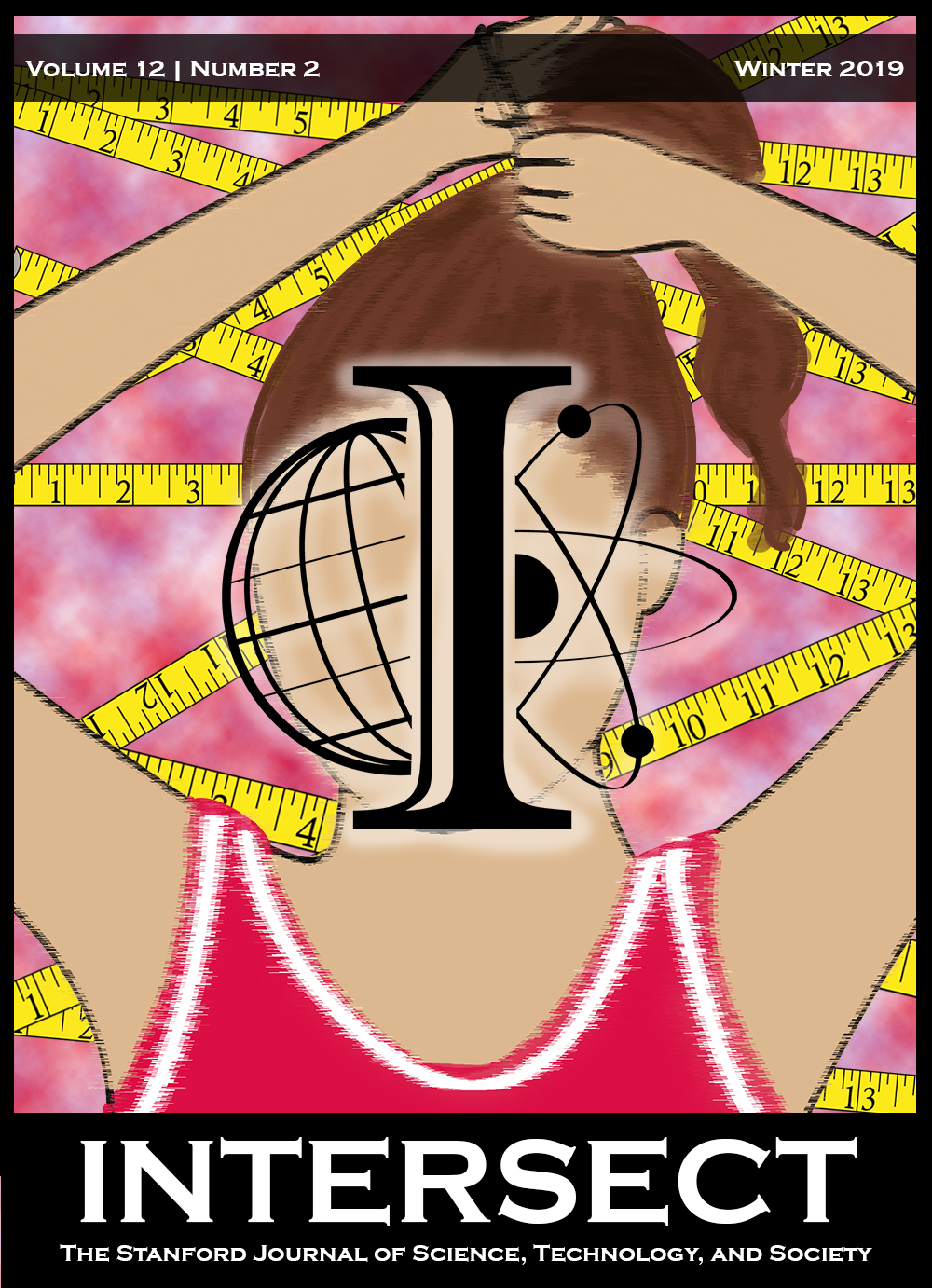Smallpox Vaccination: STS Model for Global Immunization Campaigns
Abstract
More than 400,000 people in 18th century Europe died of smallpox each year. Today, smallpox has become a distant memory due to successful global vaccination campaigns. The smallpox vaccine led to the eradication of an entire virus from humanity, a feat thought to be impossible. Although the vaccine itself was efficacious, it alone would not have been able to combat the disease. Global vaccination campaigns incorporated a multi-dimensional strategy to ensure that this successful vaccine was administered to individuals all across the globe, including areas with limited access to resources. This paper highlights the microbiological, material, textual, legal, and bioethical dimensions of the immunization campaigns. By describing each dimension in isolation as well as in conjunction with one another, this paper describes how future eradication efforts can utilize interdisciplinary, STS (science, technology, society) approaches to combatting vaccine-preventable infectious diseases.
Downloads
Published
Issue
Section
License
Authors who publish with this journal agree to the following terms:- Authors retain copyright and grant the journal right of first publication with the work simultaneously licensed under a Creative Commons Attribution License that allows others to share the work with an acknowledgement of the work's authorship and initial publication in this journal.
- Authors are able to enter into separate, additional contractual arrangements for the non-exclusive distribution of the journal's published version of the work (e.g., post it to an institutional repository or publish it in a book), with an acknowledgement of its initial publication in this journal.
- Authors are permitted and encouraged to post their work online (e.g., in institutional repositories or on their website) prior to and during the submission process, as it can lead to productive exchanges, as well as earlier and greater citation of published work (See The Effect of Open Access).

